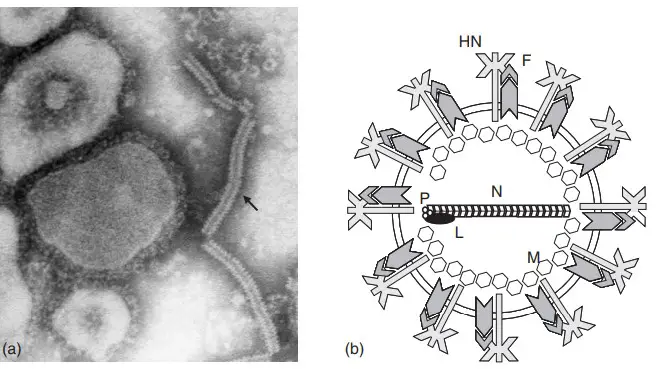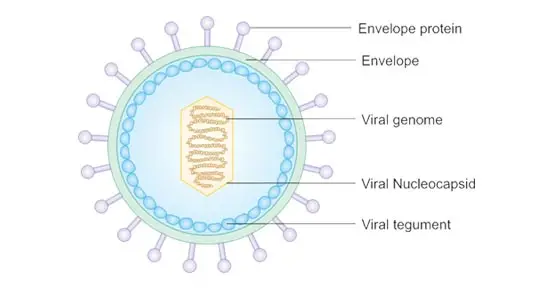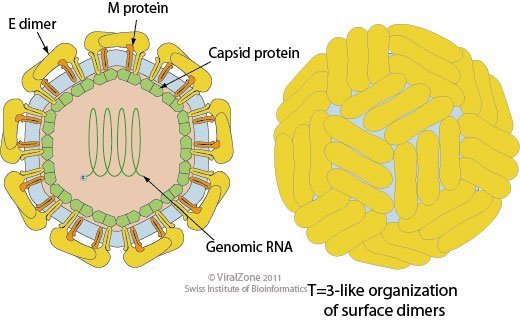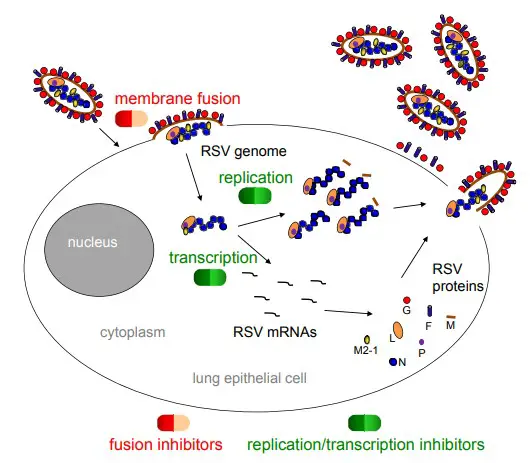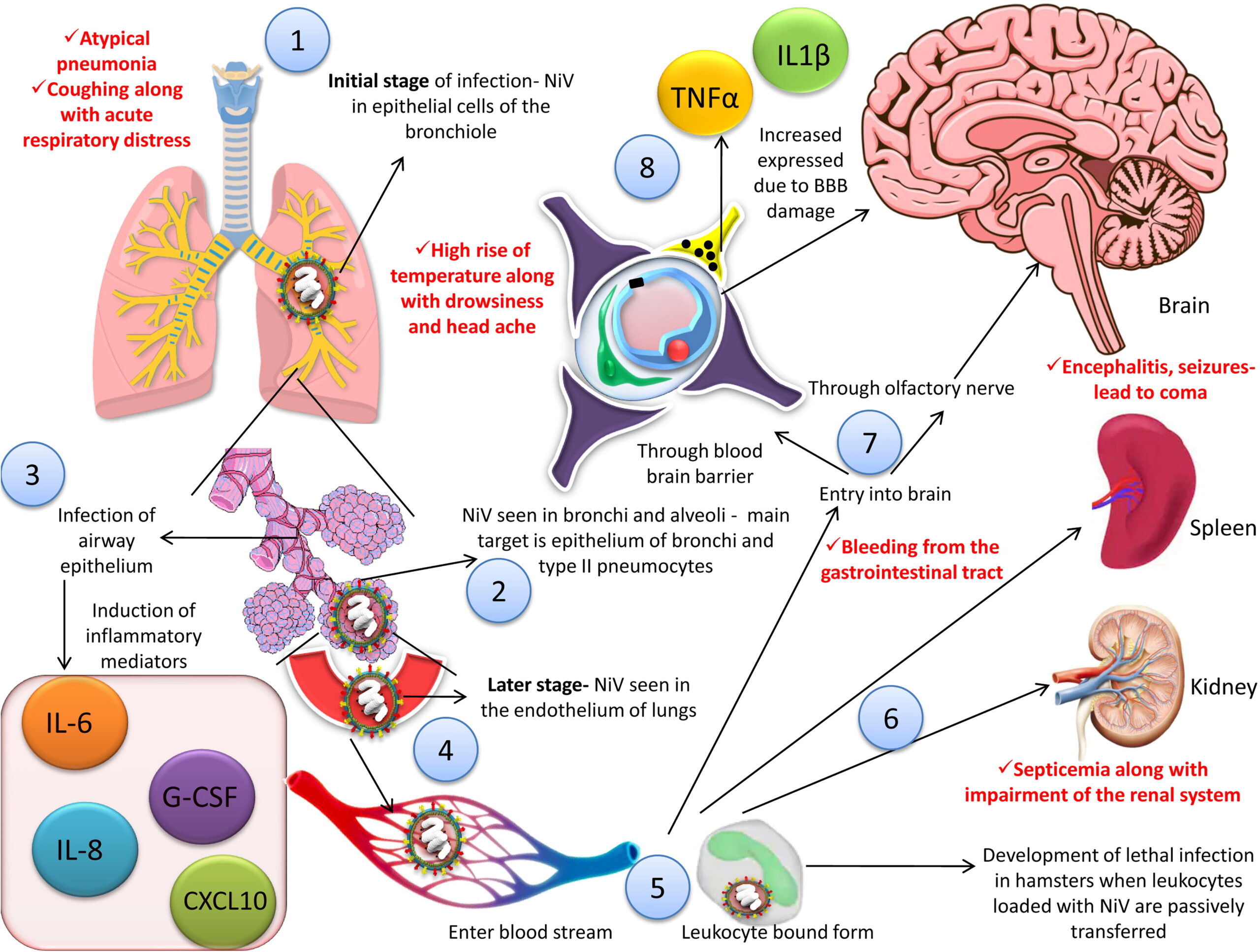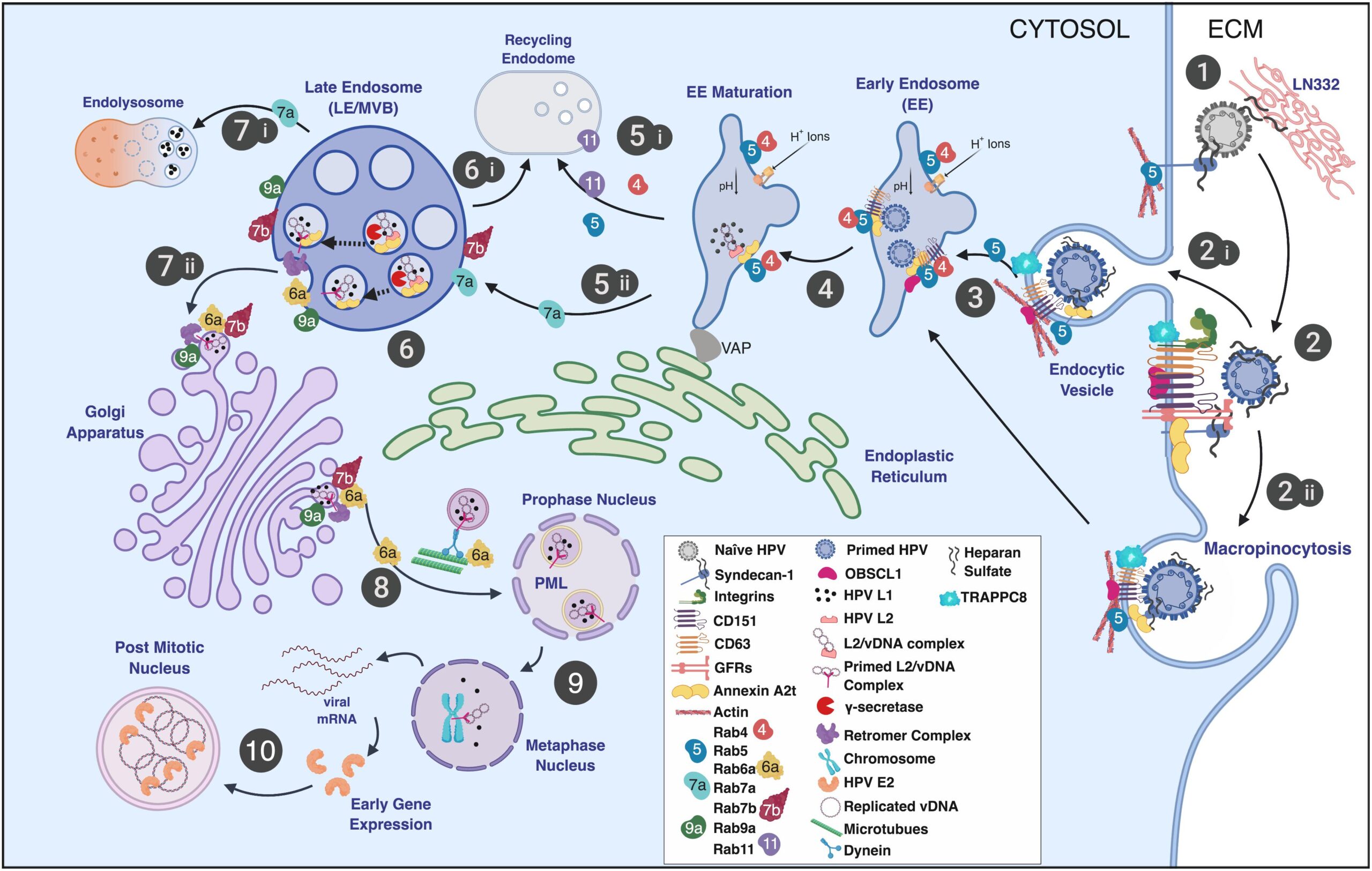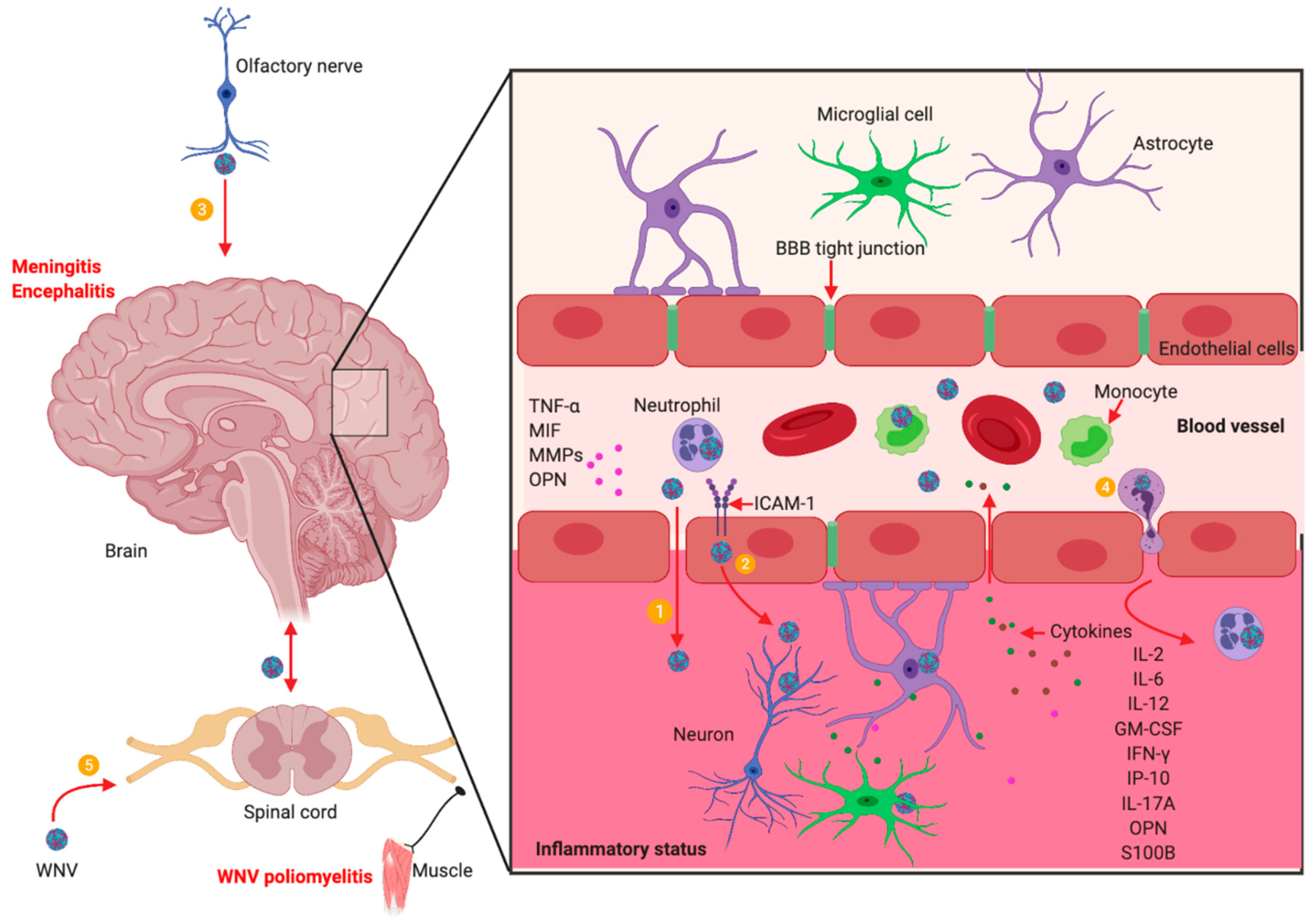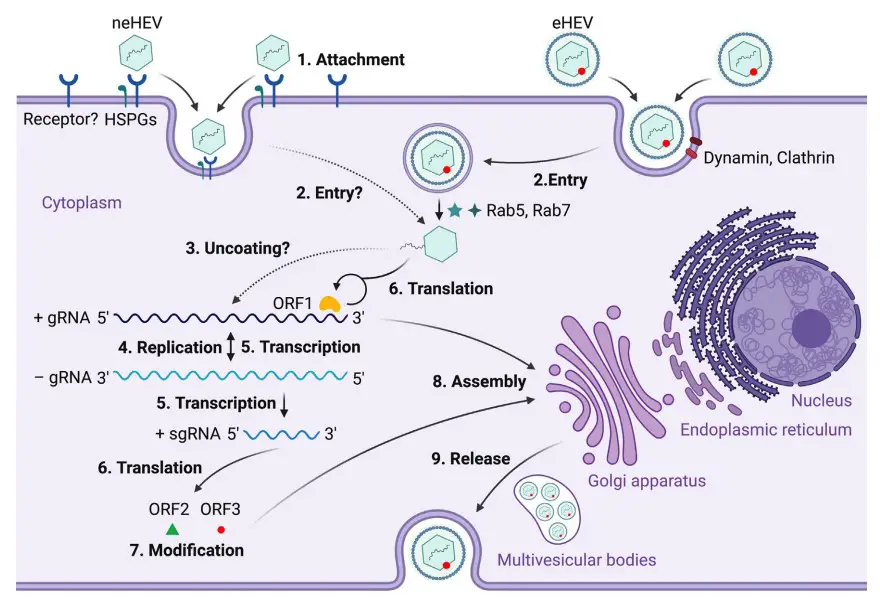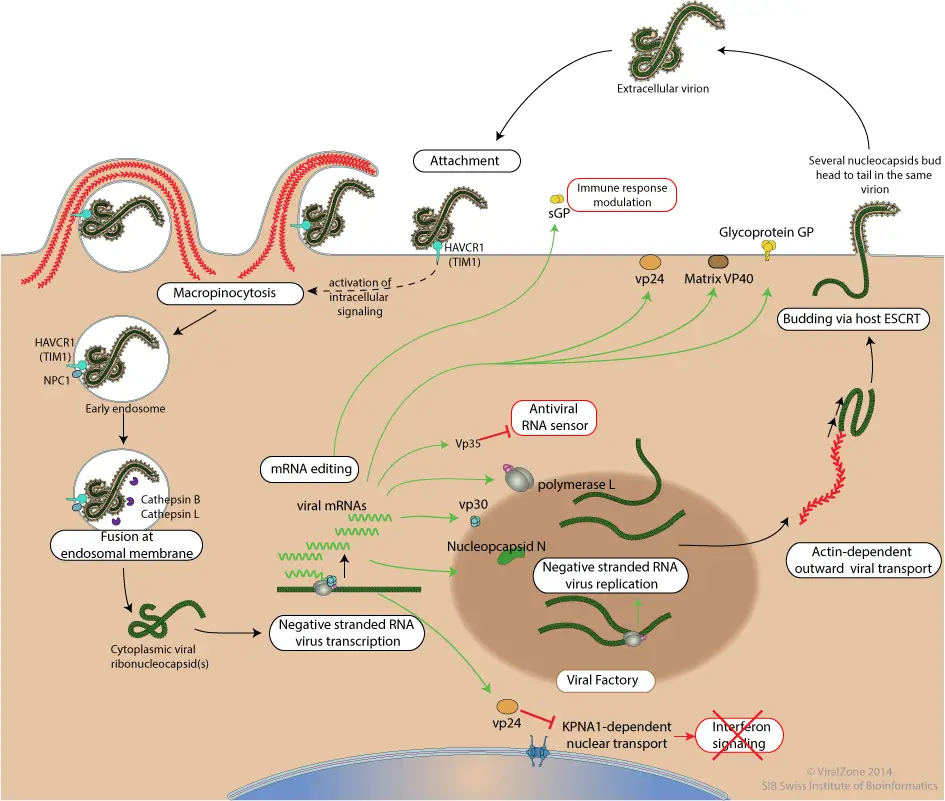Foodborne Viruses – Definition, Examples, Detection, Prevention
What are foodborne viruses? Foodborne viruses are those that can be contracted by eating or drinking contaminated food or water. They can withstand extremes in temperature and humidity as well as hostile conditions like low pH (acidity). Because of this, they can survive infectively in food and water for much over a month. These viruses … Read more

